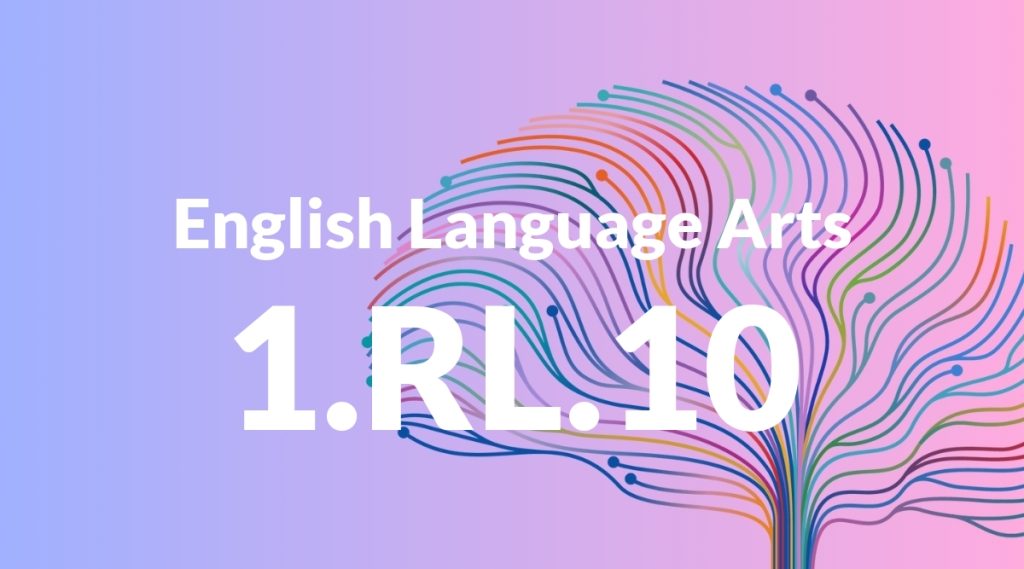Standard: 1.RL.10 – With prompting and support, read prose and poetry of appropriate complexity for grade 1.
Grade level: Grade 1
Subject: English Language Arts
Domain: Reading: Literature
Teacher Overview
This standard emphasizes the importance of exposing first graders to a variety of prose and poetry, with appropriate support. It helps build foundational reading skills and fosters a love for literature at an early age. Before tackling this standard, students should have a basic understanding of phonics, letter recognition, and the ability to comprehend simple sentences and stories.
After mastering this standard, students will be able to independently read and comprehend more complex texts, including understanding story elements such as characters, settings, and plot.
Common Misconception 1
Students may believe that they need to understand every word in a text to enjoy it. This misconception can hinder their enjoyment and engagement with the text.
Intervention 1
To address this, encourage students to focus on the overall story or message rather than getting stuck on individual words. Use picture cues and context to aid understanding.
Common Misconception 2
Students might think that poetry always has to rhyme. This misconception limits their understanding and appreciation of different poetic forms.
Intervention 2
Introduce students to various forms of poetry, including free verse, to show that poems can have different structures and styles.
Prerequisite Knowledge
Students should be familiar with basic phonics, letter recognition, and the ability to understand simple sentences and stories.
Subsequent Knowledge
Students will develop the ability to independently read and comprehend more complex texts, including understanding story elements such as characters, settings, and plot.
Instructional Activities
- Read simple storybooks with pictures
- Listen to and discuss nursery rhymes
- Participate in read-aloud sessions
- Engage in classroom poetry readings
- Create simple poems with teacher support




